Packages & Tutorials
Engineering Files & Tools
Software

Ready-to-use Models (FEA/CFD)
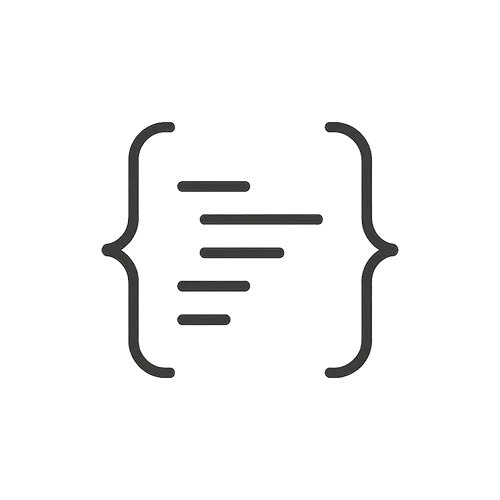
Excel Sheets & Hand Calculations
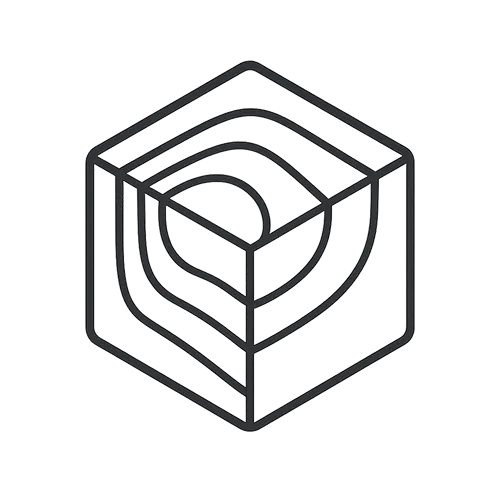



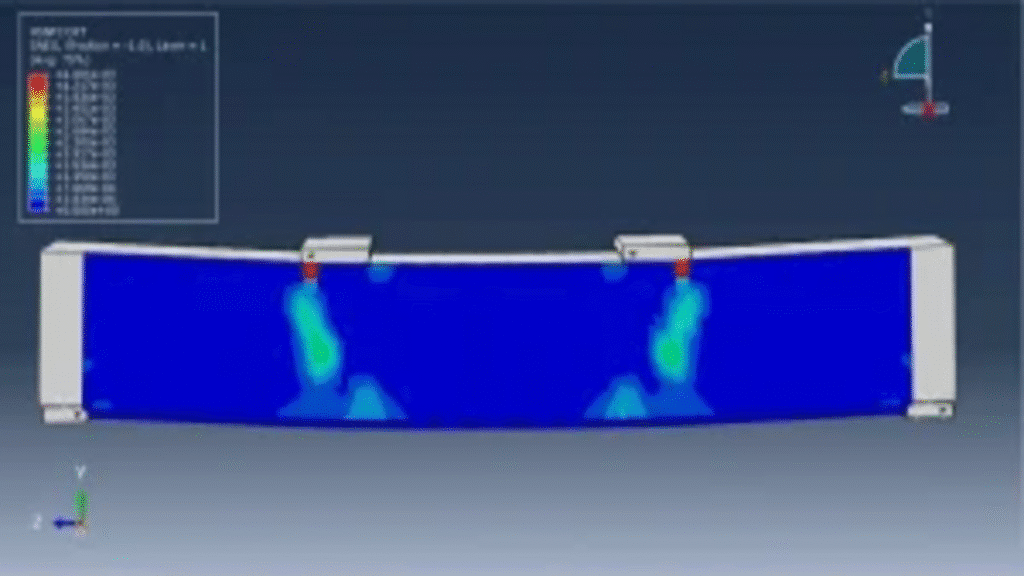
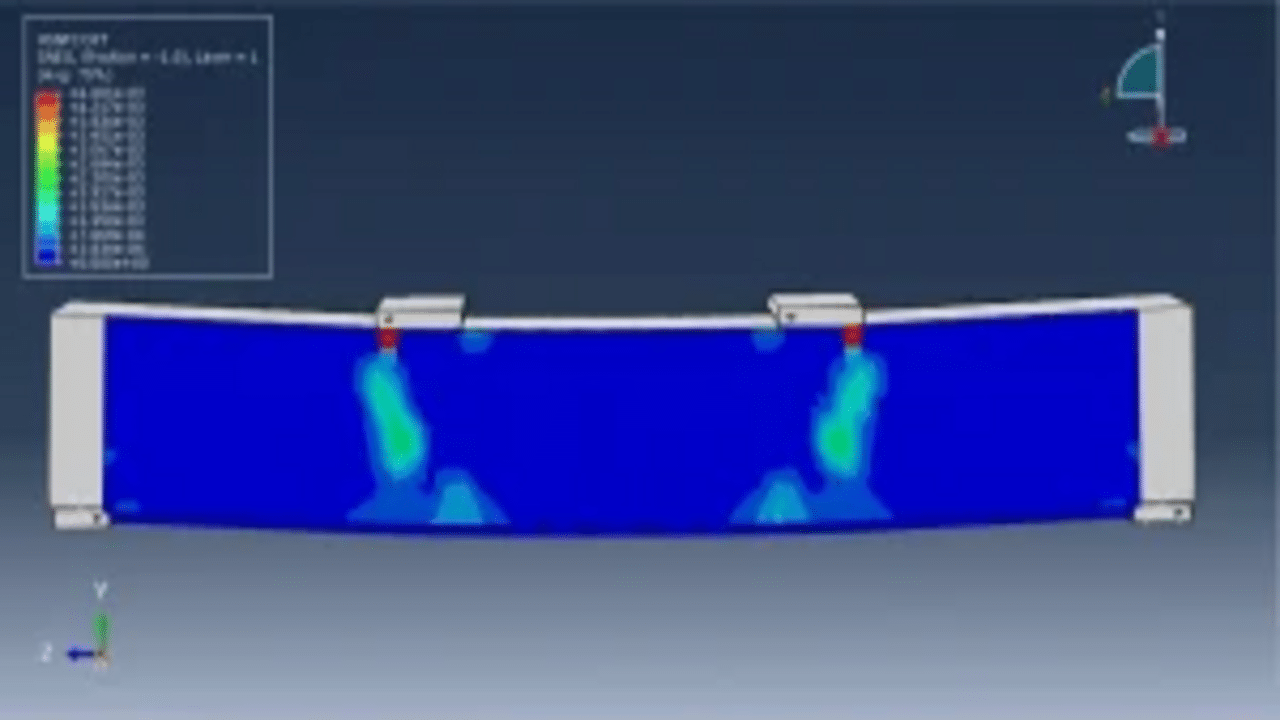
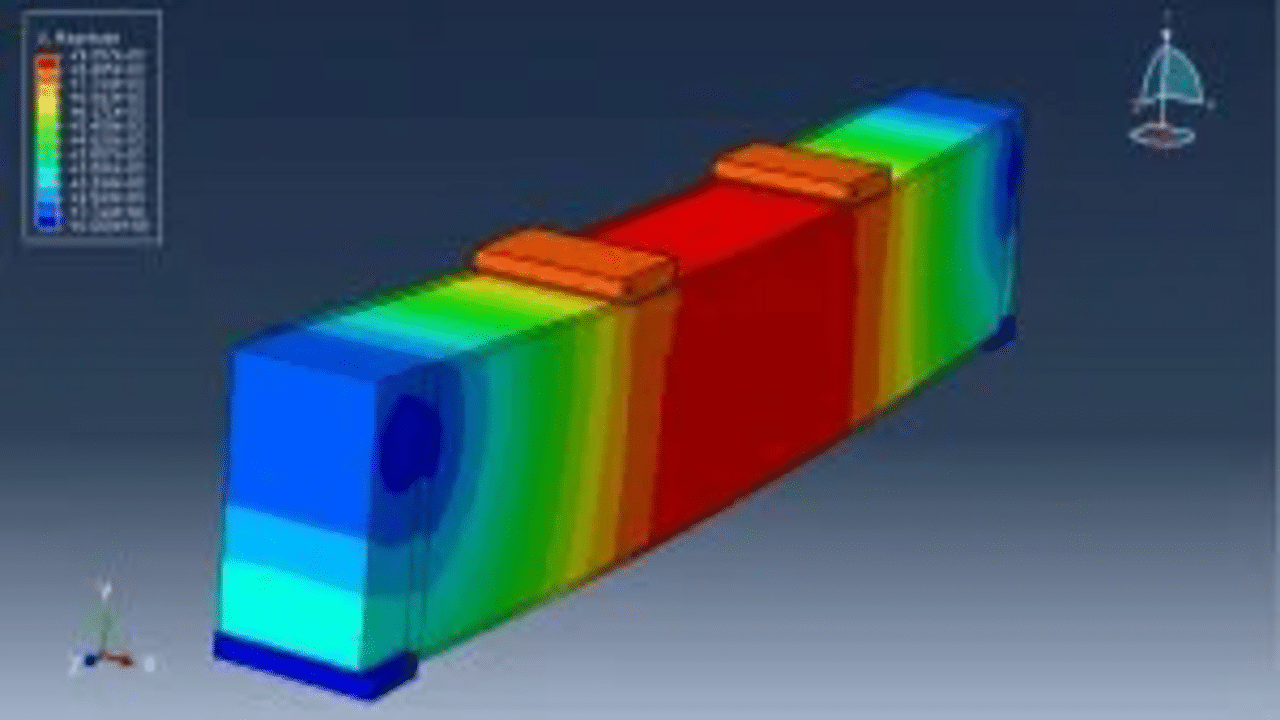
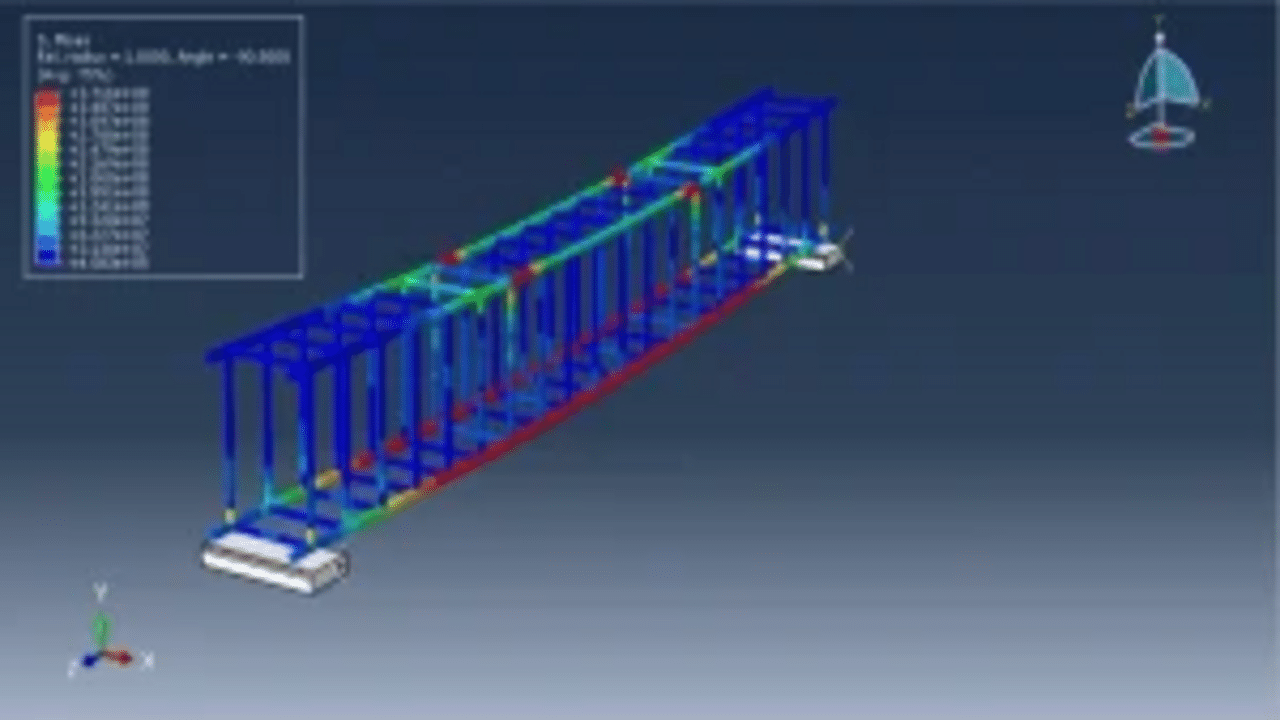
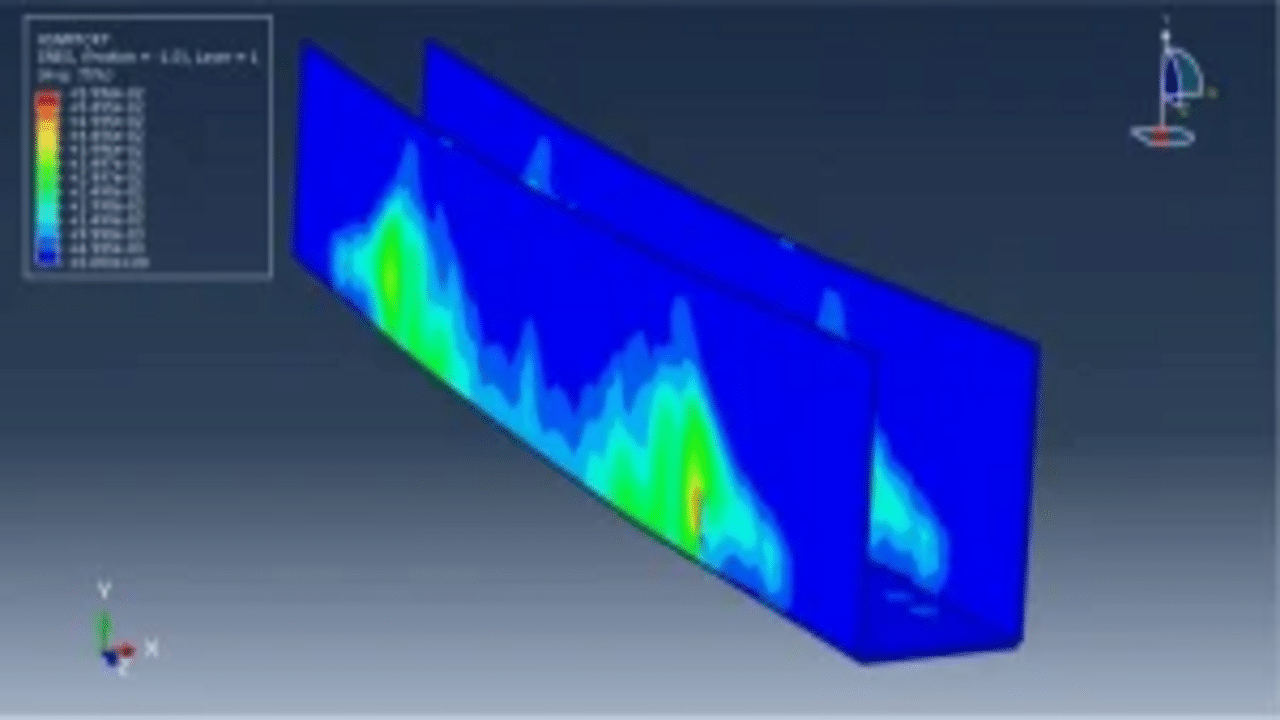
Product Overview:
This tutorial presents the simulation of a four-point bending test on a concrete beam reinforced with steel bars and Basalt Fiber Reinforced Polymer (BFRP) in Abaqus. The concrete beam is modeled as a three-dimensional solid component, while the BFRP is represented as a shell component consisting of four layers. The strips and bars are modeled as three-dimensional wire elements, and rigid bodies are incorporated as hydraulic jacks to apply the loading force.
The Concrete Damaged Plasticity model is employed to accurately represent the behavior of the concrete beam. This model is a continuum-based, plasticity-driven damage framework that focuses on two primary failure mechanisms: tensile cracking and compressive crushing of the concrete material. For the steel components, an elastic-plastic material model is selected for both the strips and the bars. The BFRP composite is modeled using lamina-type elastic data along with Hashin’s Damage Criterion, which addresses the initiation of material degradation at specific points. In Abaqus, these damage initiation criteria for fiber-reinforced composites are derived from Hashin’s theory, encompassing four distinct mechanisms: fiber tension, fiber compression, matrix tension, and matrix compression.
To facilitate the analysis, the general contact capability is utilized with modifications to enhance convergence and prevent early failure in the simulation. A surface-to-surface contact algorithm defines the interactions between the rigid bodies and the concrete beam. Embedded region constraints are implemented for the steel bars and strips, and perfect contact conditions are assigned to the interface areas between the concrete and BFRP. Fixed boundary conditions are applied to the bottom rigid bodies, while displacement is dictated at the top rigid bodies. A fine mesh is essential to ensure accurate results.
Upon completion of the analysis, a comprehensive range of results—including stress, strain, damage, and force-displacement diagrams—becomes available for review.


Dynamic
€1,00 €0,00
See more

Want to receive push notifications for all major on-site activities?